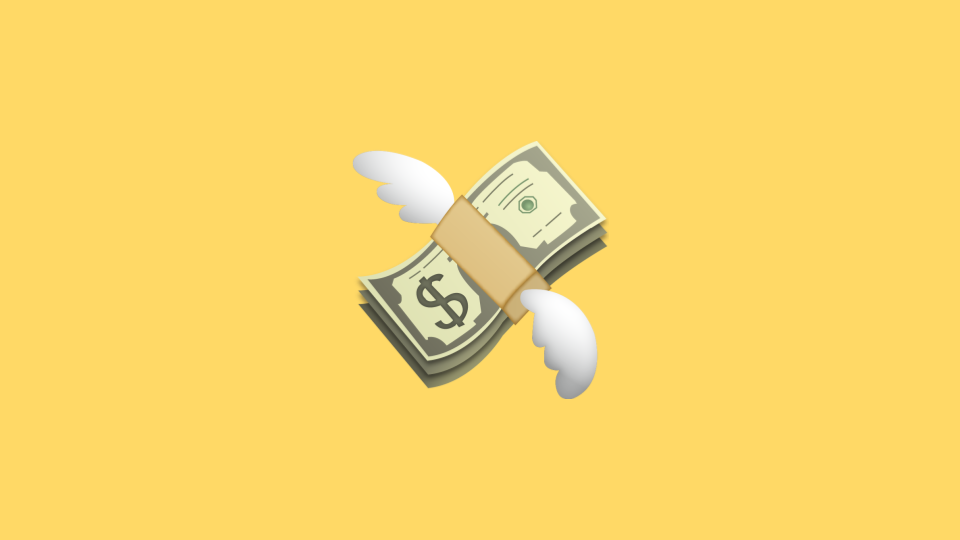I spent a year working as a Design Consultant in financial services. During that year, I lead over 80 hours of one to one interviews and countless other hours analysing data. I designed remotes studies, analysed surveys and visited homes. I spoke to people about one of the most private and taboo subjects in British culture — how they manage their money.
Participants opened up about their lives, their relationships, their fears and aspirations. Findings ranged from the mundane to the bizarre and, on occasion, the heart wrenching. As a result, I felt a huge sense of responsibility to represent user needs and advocate for them.
This is what I learned.

Design research in Financial Services is not about money. Which was a relief because I am certainly not a financial services expert.
As cheesy and obvious as it sounds, it is about understanding context. Money infiltrates almost every aspect of daily life. Understanding the contexts people live in was fundamental to providing better products and services.
This is applicable elsewhere. You don’t need to be an expert in HIV to do design research for an HIV intervention and you don’t need to be a football fanatic to do design research for e-sports. But you do need to know how to work with experts.

You can do the best research in world but if you can’t communicate effectively you may as well have done nothing at all.
I learnt communication was essential at every stage of the research process. You need it to understand the questions your stakeholders are really trying to answer, to explain how your proposed approach addresses those questions and why your findings are important.
That doesn’t just mean developing engaging schematics, using storytelling and workshop techniques. For me, it means developing clear hierarchies of information when you’re communicating with stakeholders. Before important meetings, I usually aim to have a few key messages that I want everyone to walk away aligned on — or at least with a clear understanding of.

The factors that play into product development are complex and broad. The evidence and insights gleaned through design research are just one data point of many when it comes to decision making.
I’m lucky to have worked in with a client that genuinely does put user needs at the centre of their strategy. Even so, that doesn’t mean that every recommendation made off the back of design research can or should be implemented. Understanding what kinds of research, evidence and constraints play into decision making made me better at communicating the value and role of design research.
I also learnt that, despite being a small cog, it is important to keep focused on your role. Remain aware that your role is to advocate for the user and for the value of the methodologies you use. Doing this will help decision makers factor in the insights you provide.

I got to work with a variety of stakeholders — who engaged with design research at various stages of product development and for various reasons. I learnt that design research can become a battleground of stakeholders seeking to validate opposing assumptions.
Amidst strong personalities and fierce debates it can be easy to get side tracked, or even hijacked, by other agendas. In order to do and communicate research effectively you need to be aware of the difference between the information stakeholders want to hear and the information you think they should hear. That balancing act is essential and without it you may be doing more harm than good.
The skills I gained laid the foundation for my career as a design researcher and there was the added bonus that it improved my financial literacy 10 fold. Of course it helped that I had an amazing team of design researchers working alongside me and clients who were receptive and supportive. Doing a stint in financial services really broadened my horizons.
